The Best Barefoot Rain Boots for Adults and Kids: What Makes Barefoot Rain Boots Different?
What Are Barefoot Rain Boots?
Barefoot rain boots are special shoes. They blend the cozy feel and foot health perks of barefoot shoes with the water-blocking power of regular rain boots. Unlike typical rain boots, which can feel tight and heavy, barefoot rain boots focus on key features. These include a roomy toe area, a flat sole, and bendable materials. Such elements copy the natural shape and motion of feet. They keep feet safe from wet surroundings. The main goal of barefoot rain boots is to shield feet in damp places. Yet, they support foot health. They appeal to people who value natural movement and ease in rainy or muddy weather.
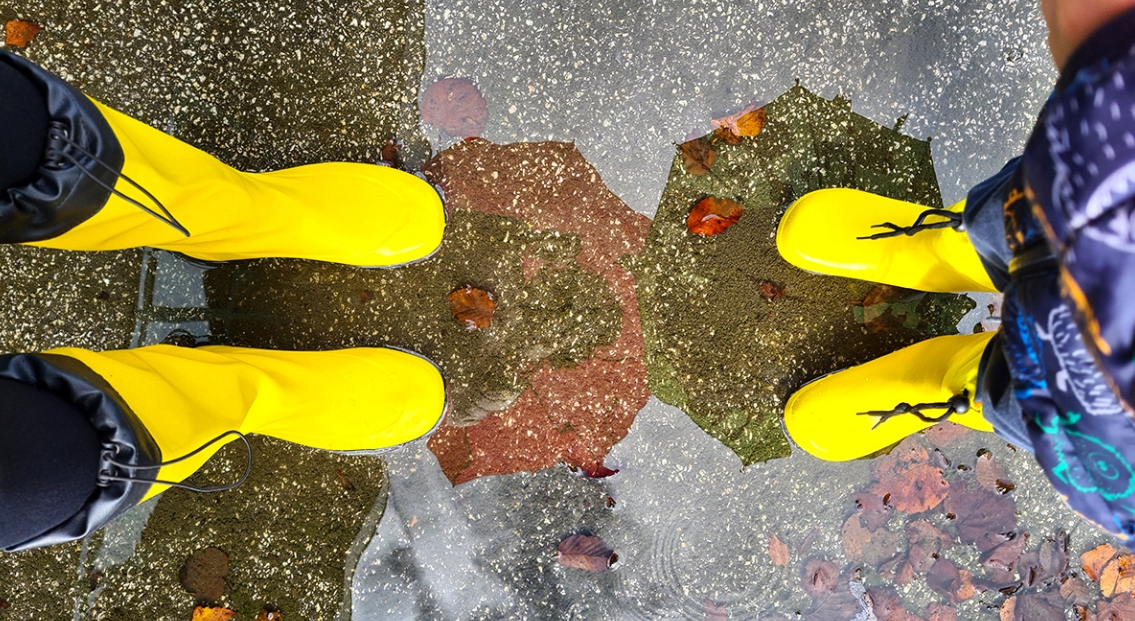
Why Choose Barefoot Rain Boots?
Barefoot rain boots have many benefits over standard ones. They allow toes to spread naturally. This improves balance and alignment. The flat sole keeps the heel and front of the foot level. This promotes good posture. It reduces stress on joints. Also, their light build makes them comfy for long wear. They don’t cause tiredness. These traits make barefoot rain boots a top pick for those wanting both ease and usefulness in wet weather.
Barefoot rain boots suit many tasks. These include daily trips in rainy weather, gardening, hiking, or outdoor jobs where water protection is key. Their flexibility makes them fit various situations. They keep a focus on foot health.
What Makes Barefoot Rain Boots Different?
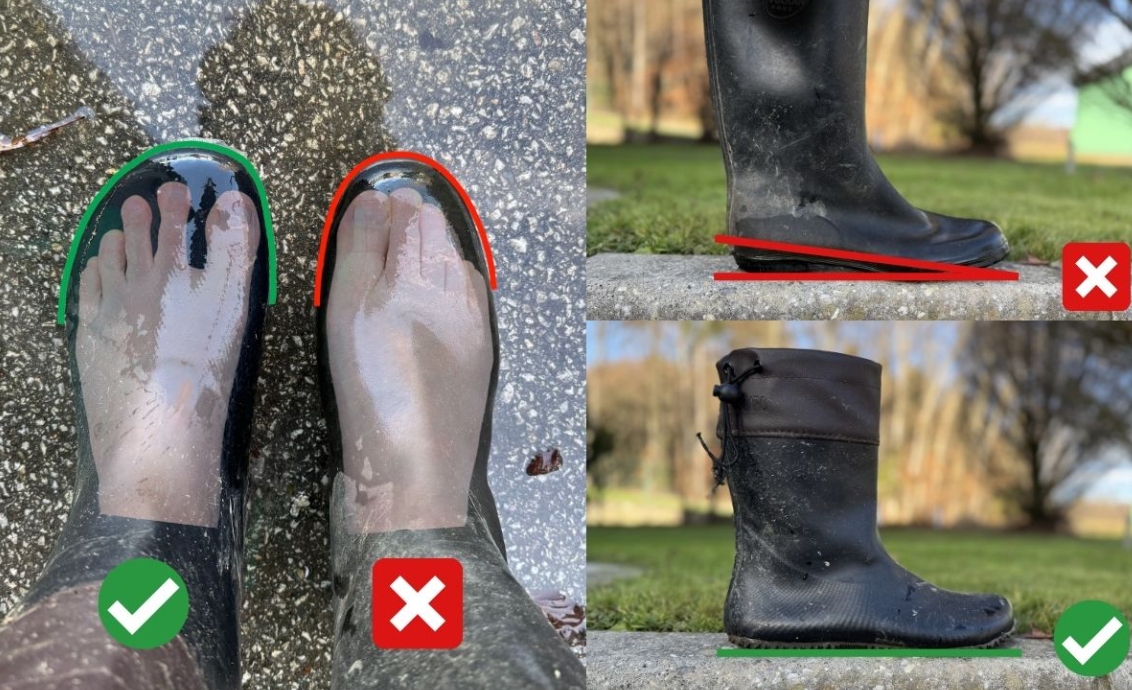
Barefoot rain boots stand out due to their unique mix of features. These prioritize foot health and practicality:
- Roomy Toe Area: Unlike regular rain boots that squeeze toes, barefoot ones give plenty of space. Toes can spread naturally.
- Flat Sole: This keeps the heel and front of the foot even. It encourages a natural walk.
- Bendable Materials: Made from soft, sturdy rubber, these boots allow free motion. They ensure water protection.
- Light Build: Compared to heavy standard rain boots, barefoot ones are much lighter. They are cozy for long use.
These design choices together boost comfort. They support natural motion. They lower the chance of foot problems like bunions or plantar fasciitis.
What Are the Key Design Features of Barefoot Rain Boots?
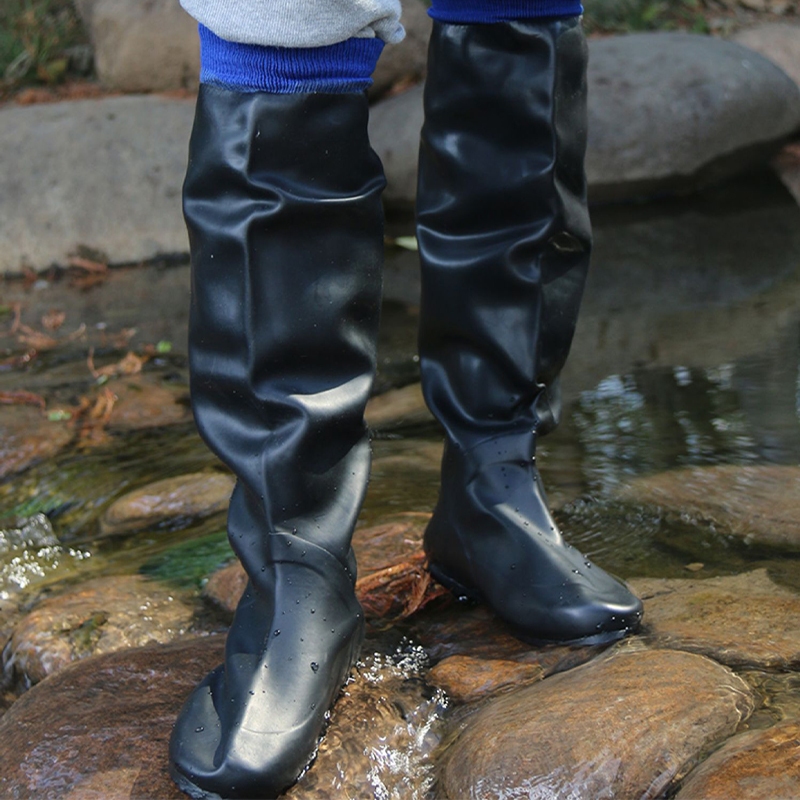
The design of barefoot rain boots is carefully made. It balances usefulness and foot health:
- Foot-Shaped Build: Matches the natural curves of the foot. This adds comfort.
- Water-Blocking Materials: Uses top-quality rubber or treated fabrics. These keep feet dry.
- Adjustable Fit Options: Some models have toggles or pull-tabs. They ensure a snug fit for different foot shapes.
- Warm Linings: Certain designs include linings of wool or man-made fibers. These add warmth in cold weather.
- Ankle-High and Mid-Calf Styles: Offers different protection levels based on user needs.
These features ensure barefoot rain boots protect against wet conditions. They also promote long-term foot health. They encourage natural motion.
What Materials Are Barefoot Rain Boots Made Of?
Barefoot rain boots mainly use water-blocking materials like rubber. Rubber offers strength and flexibility. Some models add other materials, such as:
- Warm Linings: Wool or man-made fibers for coziness in cold climates.
- Recycled Rubber: Eco-friendly options using reused materials. They maintain performance.
- Treated Leather or Fabric Coatings: These add strength against tough weather.
These materials are chosen for their water-blocking ability. They also keep flexibility. They support natural foot motion.
What Benefits Do Barefoot Rain Boots Offer?
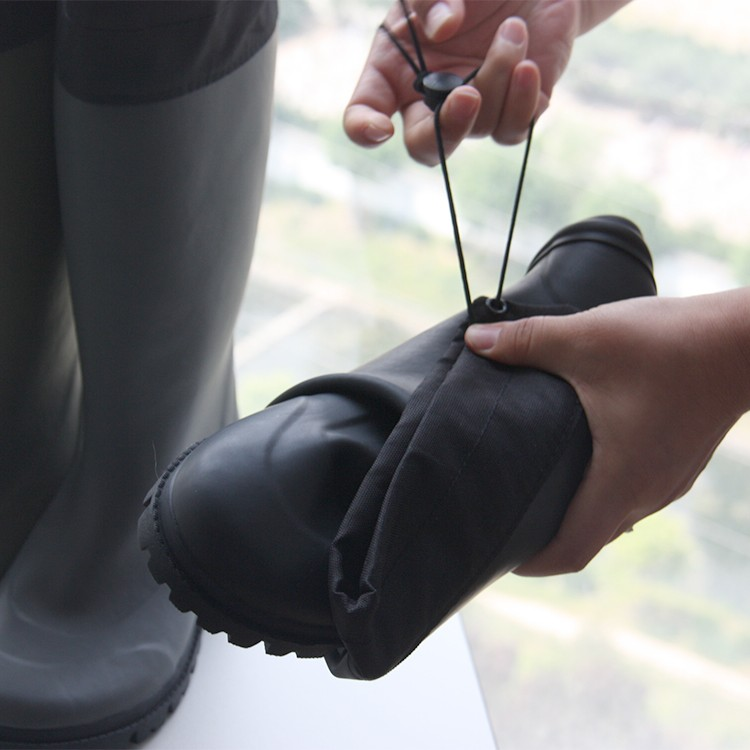
Barefoot rain boots provide many perks. They make them a great choice for those wanting usefulness and comfort:
- Better Foot Health: The roomy toe area and bendable sole let toes spread naturally. This reduces issues like bunions or hammertoes.
- Greater Comfort: Light construction cuts tiredness during long wear.
- Improved Posture: Flat soles align the heel and front of the foot evenly. This promotes a natural walk.
- Flexibility: They suit tasks like commuting, gardening, hiking, or outdoor work.
- Nature Connection: Bendable soles let wearers feel linked to their surroundings. This works even in bad weather.
By mixing these perks with water-blocking abilities, barefoot rain boots offer a special solution. They suit those seeking practical and health-focused footwear.
How Did Barefoot Rain Boots Evolve Over Time?
The growth of barefoot rain boots ties closely to footwear history and the barefoot shoes movement. Early humans made simple shoes from natural materials like leather or bark. These protected feet while allowing natural motion. As industry grew, shoe designs became stiffer. They focused on strength and style over foot health. This led to standard rain boots. These often had narrow toe areas, raised heels, and rigid soles.
The modern barefoot movement began in the late 1900s. It responded to health problems from traditional shoes. Supporters stressed the benefits of natural foot alignment, flexibility, and muscle use. As this idea grew popular, it led to barefoot shoes. These mimic walking barefoot while offering protection.
Barefoot rain boots are a special part of this movement. They combine water-blocking materials like rubber with barefoot features. These include roomy toe areas and flat soles. This meets the need for functional, foot-friendly shoes in wet settings. The idea matches the growing demand for products that value comfort and health.
When and Where Should You Wear Barefoot Rain Boots?
Barefoot rain boots are adaptable. They can be worn in many places where water protection is needed. They are especially good for:
- City Travel: Perfect for walking rainy city streets. They keep comfort and natural foot motion.
- Gardening: Their water-blocking nature suits working in wet soil or muddy areas.
- Outdoor Fun: Whether hiking on damp trails or exploring puddle-filled paths, these boots offer great grip and flexibility.
- Work Settings: Outdoor workers like gardeners or builders benefit from their light design and protective features.
For colder climates or long exposure to wet conditions, lined versions with warm materials like wool or man-made fibers add extra coziness.
Barefoot rain boots also work for fun activities. These include walking on rainy beaches or attending outdoor events in unpredictable weather. Their light build makes them easy to carry. They are travel-friendly.
How Do You Care for Barefoot Rain Boots?
Proper care is key to making barefoot rain boots last longer:
- Cleaning: Rinse off mud and dirt after each use with water. For tough stains, use mild soap and a soft brush.
- Drying: Let the boots air-dry in a shaded spot. Keep them away from direct sunlight or heat to avoid material harm.
- Storage: Keep them in a cool, dry place. Use breathable bags or their original box to hold their shape.
- Waterproofing Care: Apply water-blocking sprays or waxes from time to time. This boosts water resistance, especially with frequent wet use.
These care steps ensure barefoot rain boots stay effective and strong over time.
Where Can You Buy Barefoot Rain Boots: Trendy Boot
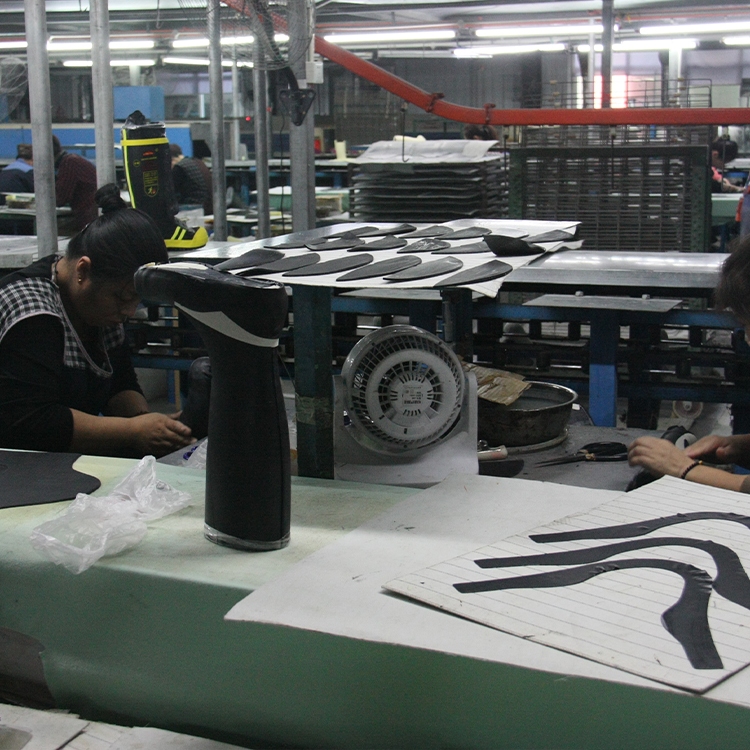
Handan Trendy Boot and Textile Co., Ltd., located in Hebei Province, North China, is a top maker of high-quality rubber boots. They serve men, women, and kids. Founded in 1958, this factory started with simple black harvest wellies for farmers. Now, it creates colorful designs for global markets.
With six production lines, Trendy Boot makes 5,000 pairs daily. They offer a wide range of options. These include stylish designs and practical outdoor styles.The factory has certifications on both ISO9001 for quality management, and BSCI for social responsibility. Productionwise, It follows REACH standards on chemical and EU20345 for safety physical performance.
For questions or purchases, contact yori@wellies.cn or WhatsApp +86-18633619747.
Frequently Asked Questions
Are barefoot rain boots suitable for all foot types?
Most barefoot rain boots fit various foot shapes. They have roomy toe areas and bendable materials. Yet, fit suggestions vary by model. Some suit narrow feet better. Others work for wider feet.
How do I improve the fit of rain boots for narrow ankles?
To improve fit around narrow ankles:
- Wear thick socks like yoga socks.
- Add leg warmers or ankle cuffs.
Some models have adjustable toggles or pull-tabs. These allow a custom fit for different foot shapes.
What’s the difference between lined and non-lined barefoot rain boots?
Lined versions have warm materials like wool or man-made fibers. These add coziness in cold months. Non-lined options are lighter and more breathable. They suit milder weather.
Are barefoot rain boots suitable for babies?
Barefoot rain boots may not be ideal for babies. Their loose fit around small feet lacks secure fastening. However, they can work briefly for supervised outdoor play. This applies when no other shoes suit specific wet conditions.









